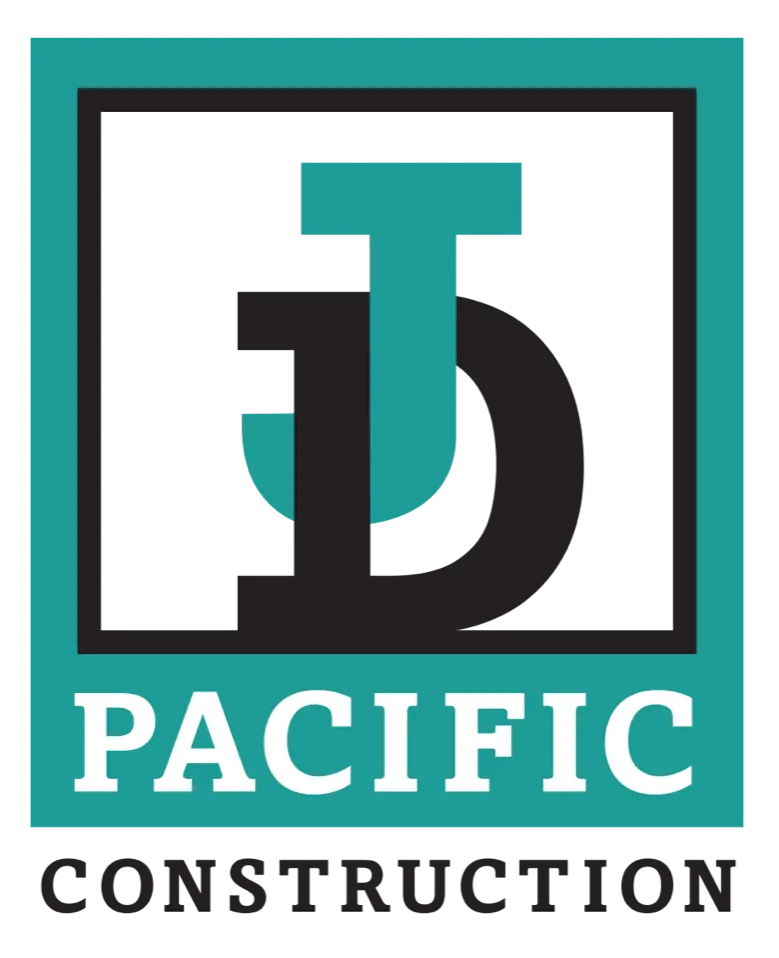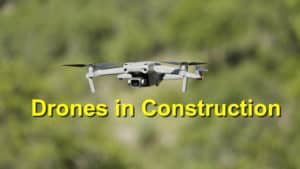As temperatures climb and daylight hours stretch, summer brings both opportunities and challenges to the construction industry. While longer days and more consistent weather can boost productivity, the season also presents serious risks—especially related to heat exposure, equipment strain, and worker fatigue.
Contractors who plan ahead can take full advantage of summer’s potential while minimizing hazards. From updating safety protocols to rethinking daily schedules, adopting a few seasonal best practices can help keep projects on track and crews safe. Here’s how to prepare your jobsite for the summer season.
1. Prioritize Heat Safety for Workers
One of the biggest dangers during summer is heat-related illness. Conditions like heat exhaustion and heatstroke can develop quickly—especially for workers performing strenuous physical labor in the sun.
Best practices for heat safety:
- Implement a heat illness prevention plan, including training on symptoms, first aid, and reporting procedures.
- Provide shaded rest areas where workers can cool off regularly.
- Enforce frequent breaks, especially during the hottest part of the day.
- Encourage hydration with water stations placed throughout the jobsite.
- Use the buddy system, pairing workers to monitor each other for signs of heat stress.
Employers should also monitor daily weather forecasts and adjust work schedules as needed, shifting the most intensive tasks to early mornings or cooler hours.
2. Adjust Work Schedules for Maximum Efficiency
To beat the heat and maintain productivity, many contractors adopt flexible work hours during the summer. Starting earlier in the day not only helps avoid peak temperatures but can also reduce energy use and fatigue among workers.
Consider:
- Early start times: Begin shifts around sunrise and end by early afternoon.
- Split shifts: Schedule labor-intensive tasks during cooler periods and administrative or light work later in the day.
- Avoiding overtime during extreme heatwaves to prevent exhaustion or accidents.
Efficient scheduling not only protects your crew but also helps you meet deadlines while maintaining a healthier work environment.
3. Review and Refresh PPE Requirements
Personal protective equipment (PPE) is essential year-round, but summer conditions require a closer look at materials and comfort. Overheating from heavy PPE can pose real risks.
Summer PPE tips:
- Switch to breathable, lightweight materials where safety standards allow.
- Use sun-protective clothing, like long sleeves made of UV-resistant fabric.
- Provide wide-brimmed hard hat attachments or cooling headgear.
- Encourage the use of sunscreen and sunglasses with UV protection.
Ensure your crew understands the balance between staying protected and staying cool, and never skip PPE just to beat the heat.
4. Maintain and Inspect Equipment More Frequently
Hot temperatures can strain construction equipment and lead to breakdowns or safety hazards. Engines can overheat, fluids evaporate faster, and components wear more quickly under the sun.
Equipment maintenance tips:
- Inspect machinery daily for signs of overheating or leaks.
- Check tire pressure regularly, as heat can cause fluctuations.
- Monitor fluid levels (coolant, oil, hydraulic) and refill as needed.
- Store tools and vehicles in shaded areas when not in use to extend their lifespan.
Establishing a rigorous maintenance schedule during summer can help prevent delays and costly repairs.
5. Enhance Site Safety and Communication
Summer brings an increase in seasonal hires and new workers on job sites, making clear communication and consistent training even more critical.
Safety strategies:
- Hold daily safety briefings, including weather-related alerts and hydration reminders.
- Display clear signage regarding first aid stations, water coolers, and shade areas.
- Equip supervisors with radios or mobile apps to stay in touch across large sites.
Regularly reinforcing safety messages during toolbox talks can make summer hazards top-of-mind and foster a stronger safety culture.
6. Manage Dust and Air Quality
Dry summer conditions often lead to increased dust levels on construction sites, which can irritate eyes and lungs, especially for workers with allergies or respiratory issues.
Tips to control dust:
- Use water trucks or misters to suppress dust on exposed surfaces.
- Install dust barriers on high-traffic sites.
- Provide masks or respirators when air quality is poor.
Monitoring local air quality alerts can also help you schedule tasks appropriately, especially during wildfire season in certain regions.
7. Plan for Summer Storms and Emergency Preparedness
Thunderstorms, hurricanes, and flash floods can disrupt summer work and endanger your crew if you’re not prepared.
Emergency planning tips:
- Check weather forecasts daily and postpone work if necessary.
- Secure materials and scaffolding before storms arrive.
- Train workers on evacuation routes, shelter locations, and equipment shutdown protocols.
- Maintain a storm readiness checklist to quickly respond to changing weather conditions.
Being prepared for sudden weather events minimizes risks and helps avoid downtime after storms pass.
8. Foster a Positive, Supportive Environment
Summer heat can lead to lower morale and increased frustration on job sites. Boosting team spirit and ensuring workers feel supported can make a major difference.
Team-building ideas:
- Offer free cold drinks or ice pops during breaks.
- Provide shaded lunch tents and fans.
- Recognize workers’ efforts with weekly shoutouts or incentives.
Small gestures can reduce stress and help build a stronger, more resilient crew during the long summer months.
Conclusion
Summer construction season offers high potential for progress—but it requires smart planning to navigate its unique challenges. From adjusting work hours to promoting hydration, equipment care, and emergency readiness, every step contractors take now can pay off in productivity, safety, and crew satisfaction.
By implementing these best practices, contractors can keep their job sites efficient and their teams healthy, no matter how high the temperature climbs.
References: D.E Gemille, THX toolhire




